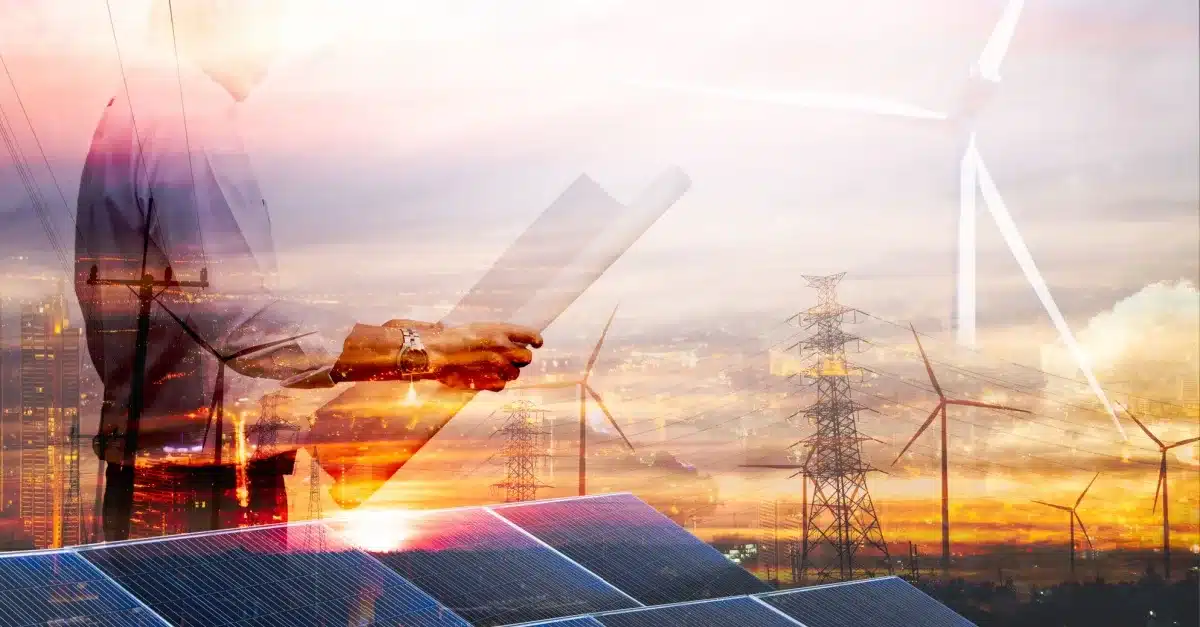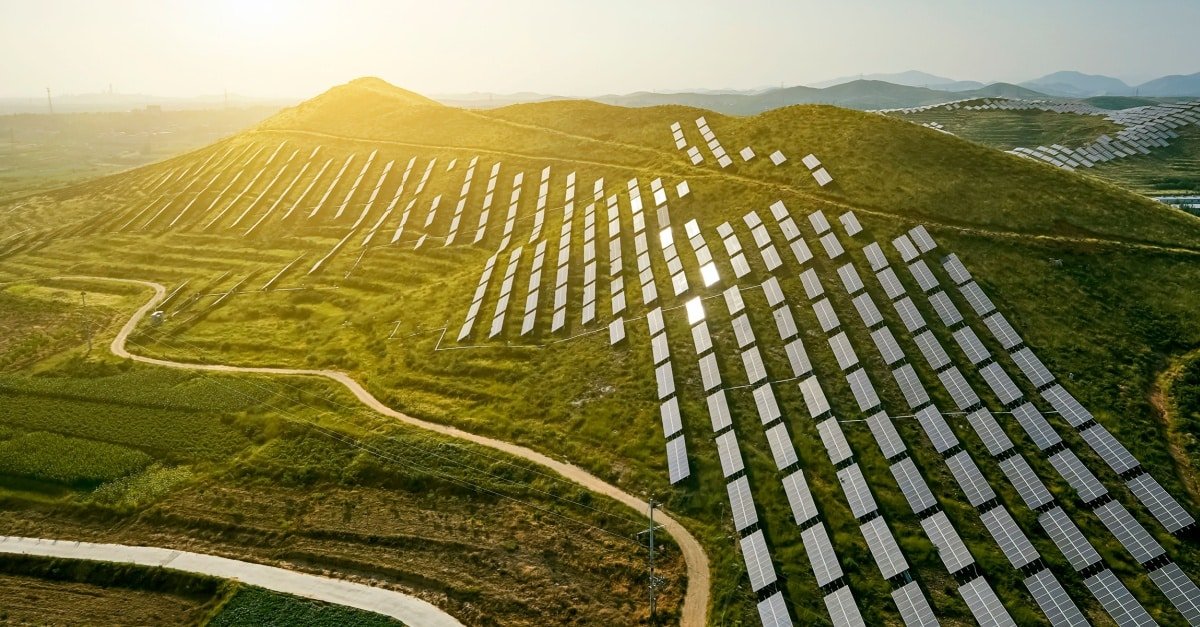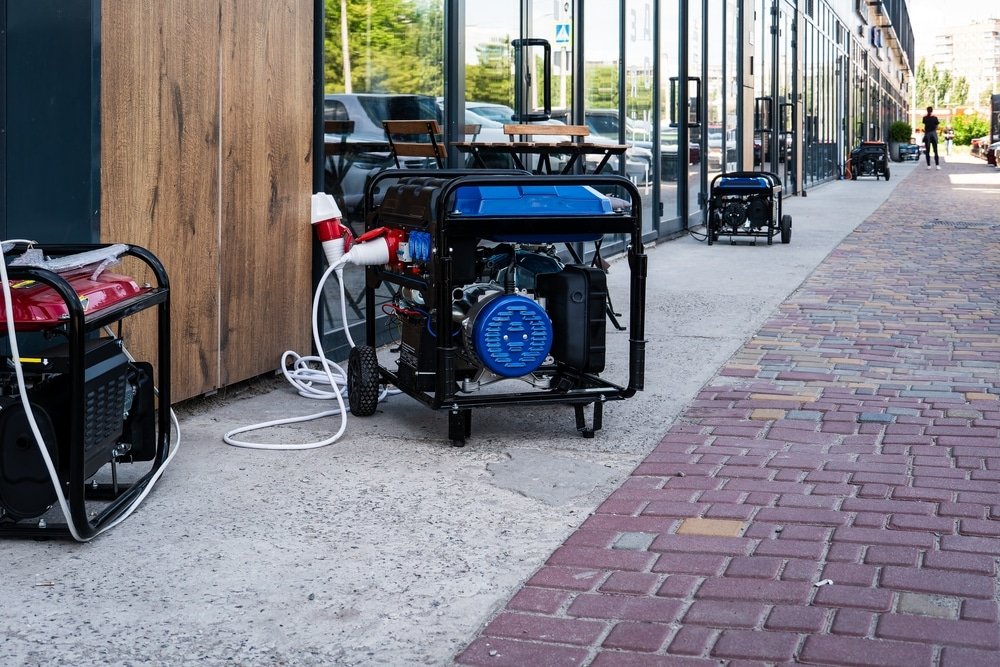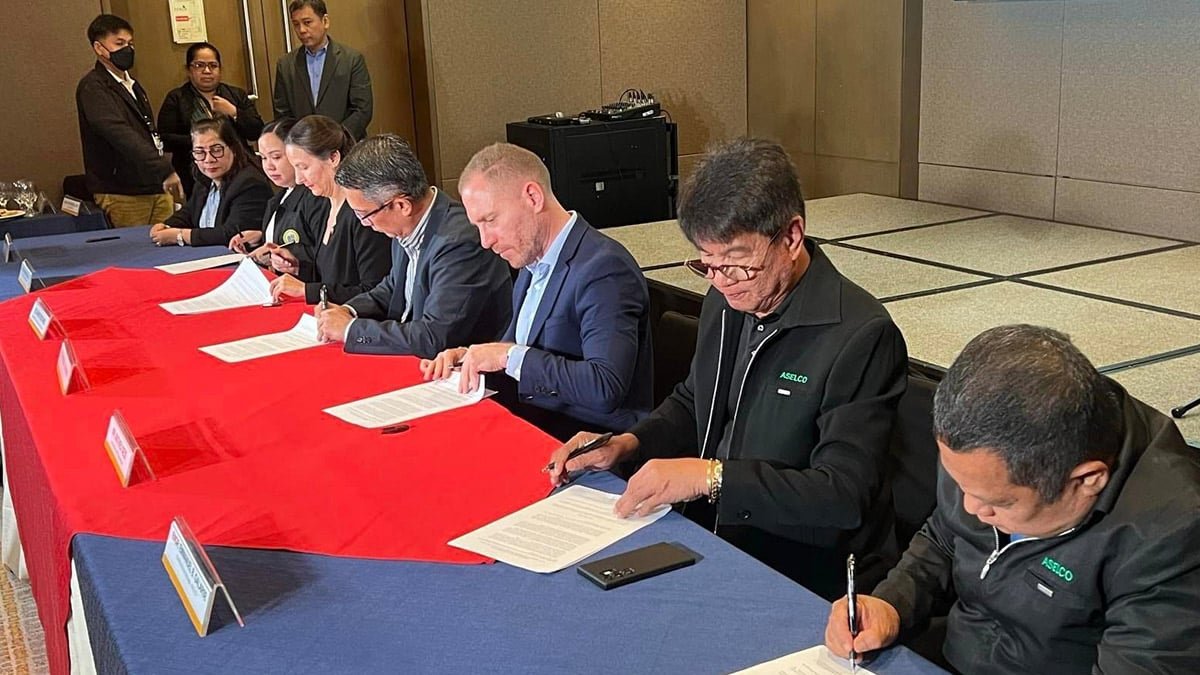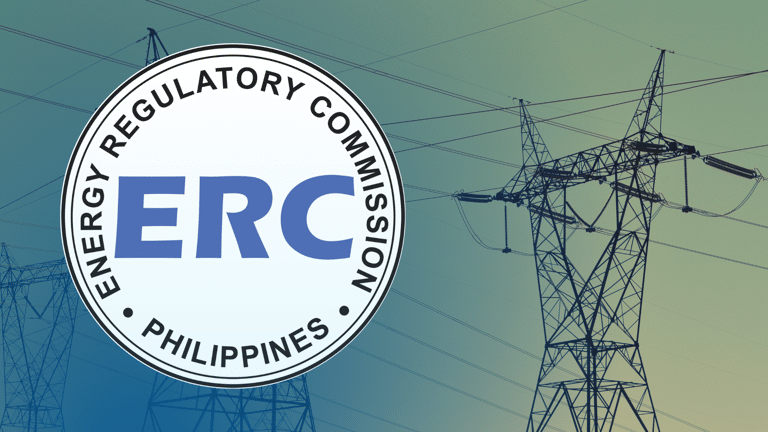
Indonesian Coordinating Minister for Maritime and Investment Affairs Luhut Binsar Pandjaitan brought matters of foreign investment to light in Coaltrans Asia 2024 in Bali, Indonesia.
“Countries who have stronger capacity should do more carbon reduction and [do it] faster. The developing world should continue to grow but should also slow down the emission trajectory,” he said, highlighting the key differences between developed and developing countries in their energy transitions, and proposing more equitable financial investments from the former.
“Developed nations have been the biggest emitters and need to provide real support for the energy transition in the Global South,” he added, pointing out the role developed countries have played in increasing emissions in developing countries by outsourcing their industrial manufacturing to them.
Pandjaitan reported that despite the energy transitions and carbonization plans of Indonesia and the rest of the Southeast Asian nations , coal is still a major player in their energy grids.
Coal, among other baseload energy sources, are more dependable than intermittent renewable energy sources in the face of rapid economic growth in the region. The trend appears to be global, with Pandjaitan noting that decarbonized developed countries have also returned to coal.
“Even in Germany, coal-fired power plants still play key roles in balancing the electricity output of variable renewable energy such as wind and solar,” Padjaitan said.
To conclude, the Coordinating Minister highlighted that energy transitions are unique to each country, and developing nations should not be evaluated under the same criteria as developed ones, especially with their limited fiscal capacity and access to technology.
He maintains that the current grants from developed countries are unfortunately insufficient for prerequisite energy reforms, such as improving transmission and power infrastructure.
Southeast Asia’s Economic Status
Continued economic growth with a projected compound annual increase rate of 4.6% between 2020 and 2050 is in the statistics for the Association of Southeast Asian Nations (ASEAN). According to Asia Pacific Energy Research Center, this results in an almost certain increase in coal consumption.
In order to access opportunities for the energy transition such as the early retirement of coal-fired power plants; and the reduction of carbon emissions through fuel switching, ammonia co-firing, and carbon capture, an increase in financing is essential.
“There is a high investment cost for the ASEAN energy transition and there exists a significant disparity between required funding and the committed funding to accomplish the targets set in the Nationally Determined Contributions or NDC,” said APERC Senior Researcher Phung Quoc Huy. “We need around $263 billion of funding to transition, but we have a funding gap of $189 billion.”
A burgeoning energy crisis is burgeoning with the combination of the funding gap and the forecast of rising electricity prices that will hit end-users in low-income countries the hardest.
“The transition should focus on a gradual coal phase-down, development of alternative energy sources, and significant investments in grid infrastructure and clean technologies,” shared Huy.
The Best Way Forward
Aboitiz Power Corporation Chief Operating Officer for Thermal Operated Assets Ronaldo Ramos sees the experiences of other ASEAN countries as a measuring stick for the Philippines’ own energy transition journey.
According to data from the Philippine Energy Plan (PEP), the country will need $550.2 in foreign investment to catch up with its target of reaching a 50:50 mix of renewable and non-renewable energy sources by 2040.
“We all want a future that is powered by abundant renewable energy. The cost of solar panels and battery storage technologies going down are encouraging,” Ramos said. “But we must be mindful of the present realities of the Philippines.”
As an archipelago of more than 7,000 islands, power centralization is necessary to service the needs of the entire population. So far, only its three major island grids have been interconnected.
“We need reliable and reasonably-priced baseload power to address the inherent intermittency of renewable energy and the geographical challenges of injecting these intermittent capacities to our present grid,” Ramos explained.
The Philippines deserves a just energy transition that is sensitive to its current socio-economic realities, necessitating a gradual strategy with adequate foreign investment.

